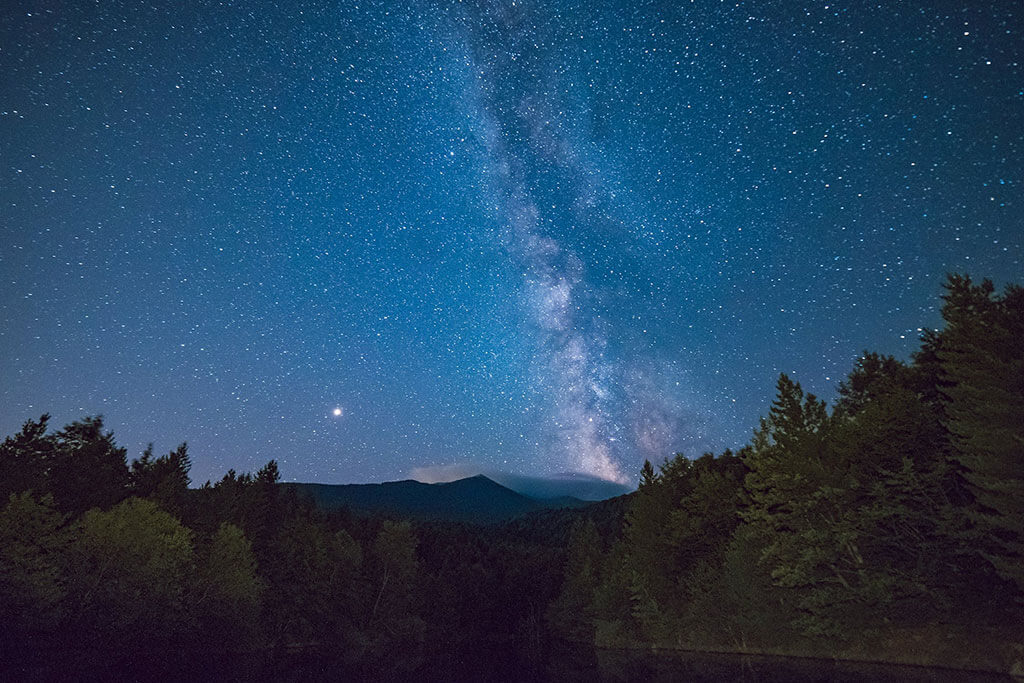
17
November
Leonid Meteors
The Leonids are a prolific meteor shower associated with the comet Tempel–Tuttle. The Leonids get their name from the location of their radiant in the constellation Leo: the meteors appear to radiate from that point in the sky. Their proper Greek name should be Leontids (Λεοντίδαι, Leontídai), but the word was initially constructed as a Greek/Latin hybrid[citation needed] and it has been used since. They peak in the month of November. - Wikipedia

14
December
Geminid meteors
The Geminids are a meteor shower caused by the object 3200 Phaethon, which is thought to be a Palladian asteroid with a "rock comet" orbit. This would make the Geminids, together with the Quadrantids, the only major meteor showers not originating from a comet. The meteors from this shower are slow moving, can be seen in December and usually peak around December 13–14, with the date of highest intensity being the morning of December 14.

25
March
Earth Hour
Earth Hour is a worldwide movement for the planet organized by the World Wide Fund for Nature (WWF). The event is held worldwide annually encouraging individuals, communities, households and businesses to turn off their non-essential lights for one hour, from 8:30 to 9:30 p.m. towards the end of March, as a symbol for their commitment to the planet.

22
September
Autumnal Equinox
The earth's axis is perpendicular to its orbit with the North pole tipping away form the sun. In other words, the season is changing to Fall.

26
February
Annular solar eclipse
Annular Eclipse in parts of Africa and South America.
See: http://eclipse.gsfc.nasa.gov/SEgoogle/SEgoogle2001/SE2017Feb26Agoogle.h…

21
December
Winter Solstice
Longest night, shortest day

20
March
Vernal Equinox
Day and night are equally long

8
March
Total solar eclipse
Total solar eclipse

20
June
Summer Solstice - 6:34pm EDT
Longest day, shortest night.

4
January
Quadrantid Meteors
Meteor Shower
